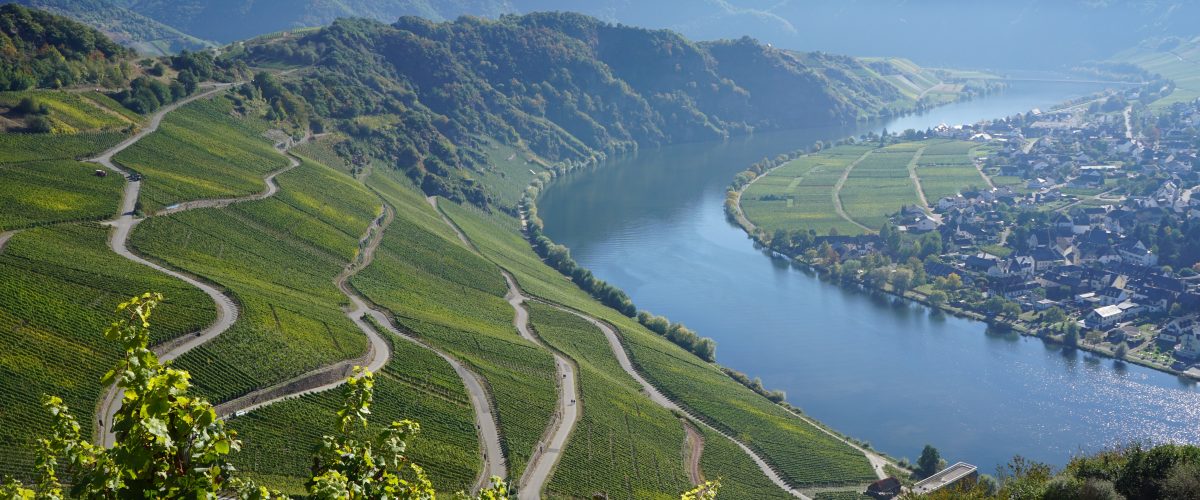Wines by Country
Germany
Germany’s wine industry is most famous for world class Riesling produced along the Rhein and its tributary the Mosel. There is wide agreement that the white wines from the best sites and the most reputable producers are some of the greatest in the world.Overlooking a period of decidedly lesser glory – during the 1970s and 1980s – Germany has a long and illustrious history of winemaking. The Romans established the country’s first vineyards along the banks of the Mosel, near what is now the town on Trier. By the third century AD plantings had spread to various neighboring valleys, mostly those of the Mosel’s tributaries.
During the Middle Ages the Christian church, particularly the Cistercian and Benedictine monasteries, was very influential in the development of wine growing and in the production of quality wine in Germany. Two of the most famous names in German wine – the Rheingau wineries Schloss Johannisberg and Kloster Eberbach – were established as monasteries, and have been producing wine for almost 900 years.
Germany’s greatest variety, Riesling, is first documented in the Rheingau in 1435, and found its way to the Mosel shortly thereafter. In 1720, Schloss Johannisberg became the first major vineyard to be planted exclusively to this ‘superior’ variety. The mid to late 18th Century saw the development of botrytized wines, and by the 19th century Rhine wines were selling for prices above those of the first-growth Bordeaux.
The German wine industry lost its way in quality terms during the 20th Century, expanding plantings onto less favourable sites and increasing yields to levels at which quality was severely compromised. However, the greatest German producers, sites and wines were never completely lost, and since the late 20th century considerable efforts have been made to re-establish Germany’s former glory.




